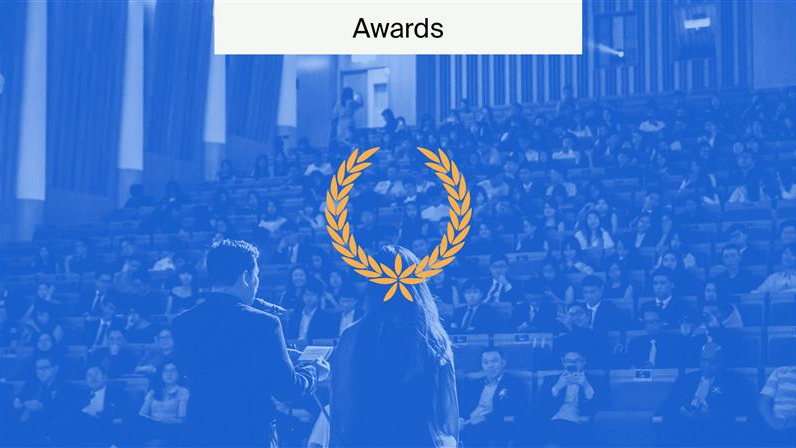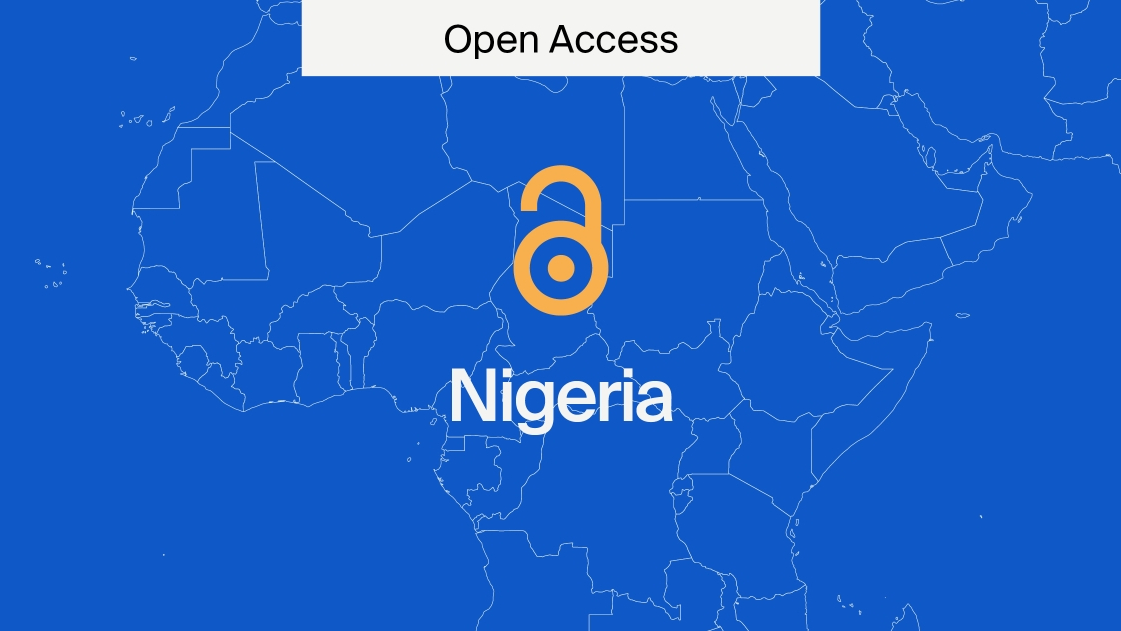
How Indexing Works
Presently, the prestige of a journal is reflected in its impact factor and how many abstracting and indexing services cover that journal. As publishing in indexed journals became a necessity for most of the scientific community, the question that remains is on how indexing works.
Although the concept behind citation indexing is fundamentally simple, it is one of the most reliable ways to trace the development of an idea across the multitude of disciplines that are make up scientific knowledge.
How indexing works
Indexing represents an ordered list of cited articles—identified as a reference, each accompanied by a list of citing articles—identified as a source. Publishers usually make the published material available to the abstracting and indexing service as it allows for the journal’s contents to be searchable in the indexing database using subject headings such as keywords, author’s names, title, abstract, etc. As most of the search today is done online, being represented in online search systems is essential for a journal’s success.
In the 1950s, the huge influx of government money into research and development following World War II, along with the growing dissatisfaction with manual indexing, which was both time consuming and labor intensive, and the excitement over potential benefits of automation, laid the grounds for Eugene Garfield’s Institute for Scientific Information first citation index: the science citation index (SCI). Later on, social science’s citation index and the arts and humanities citation index were developed. Garfield’s big achievement was to combine citations from different disciplines into a single database, SCI, which facilitated interdisciplinary work. Today’s SCI-E and SSCI work on the same principles that Garfield first developed in 1963. Available for purchase since then, the SCI represents one of the most comprehensive citation index to the scientific journal literature, its web-based version covers over 5,600 journals across more than 150 scientific disciplines.
How indexing has evolved
In present times, indexing has considerably evolved, among the major citation indexes one has to mention:
- SCI-Expanded and SSCI which followed in the footsteps of Eugene Garfield’s predecessor, the ISI. Both SCIE and SSCI are searchable online as part of the “Web of Science Core Collection”. Inclusion in either the science or social science version of the Journal Citation Reports provides a journal with an official impact factor;
- Scopus, a bibliographic database available online only and produced by Elsevier. Inclusion in Scopus gives a clear view of journal metrics and provides a H-Index and citation impact;
- Indian citation index (ICI), an online database that measures performance of Indian research;
- PubMed, which is run by the US National Library of Medicine, is a free search engine which provides abstracts to a large share of the biomedical literature;
- PubMed Central, a free digital repository that archives publically accessible full-text articles;
- Embase, the database corresponding to Experta Medica (the printed version), a biomedical pharmacological database, also produced by Elsevier;
- Understanding how indexing works.
In conclusion, the objective of indexing is to increase the quality and credibility of published work and to ensure that researchers have access to the highest quality resources. See our page on indexing and archiving if you want to learn more about how indexing works.










